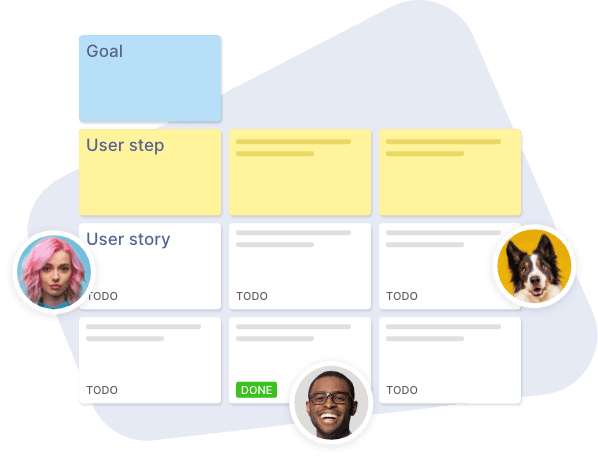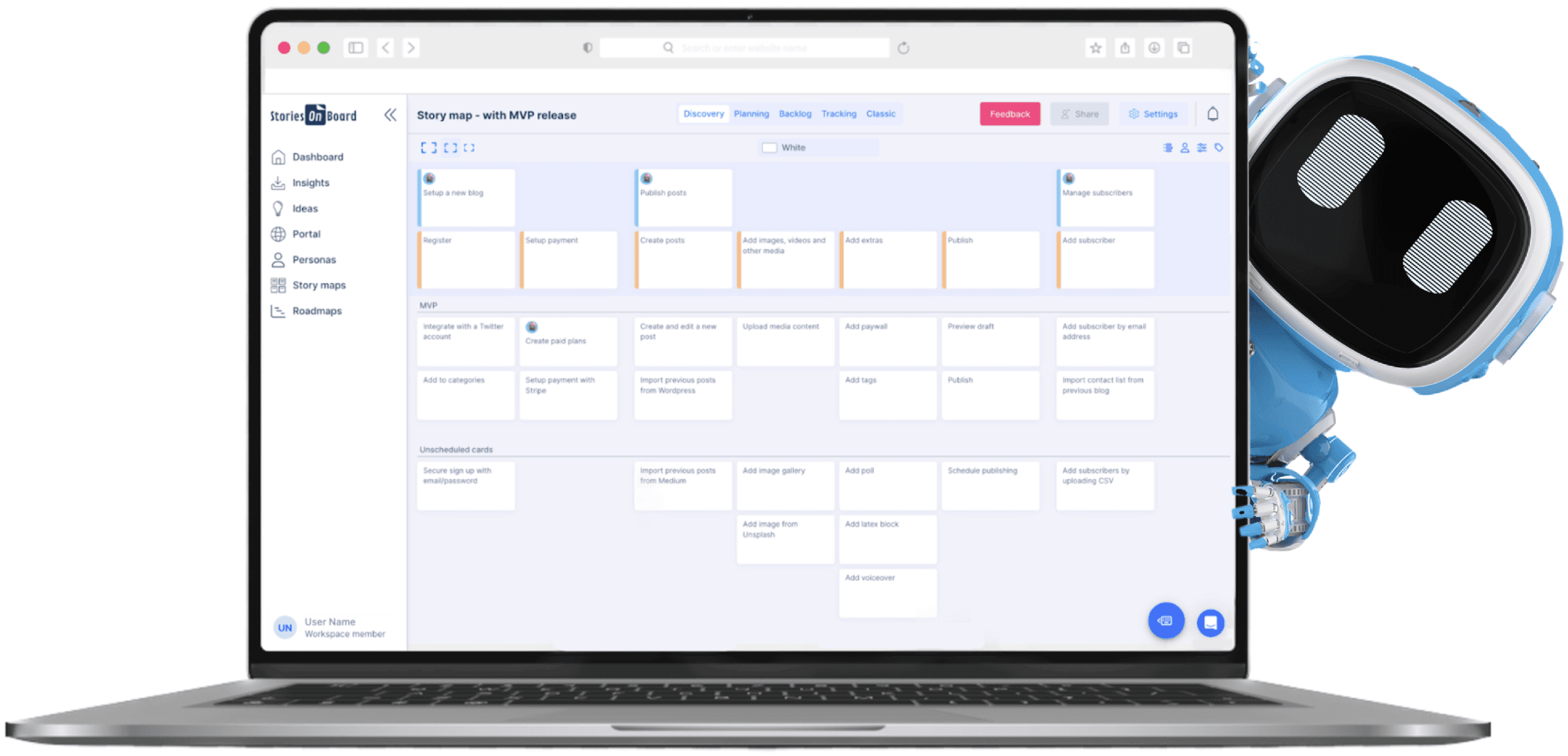Structure: This format starts with a specific role, focuses on a specific need or requirement, and ends to be achieved. It's more specific about the user's role than the first format.
Focus: It highlights the necessity (requirement) that needs to be fulfilled to achieve a specific goal, putting less emphasis on the user's desire and more on the functional requirement and its purpose.
Use Case: This format suits situations where the user's role significantly influences the requirement. It's beneficial for developing features in professional or specialized domains where the user's role determines the needs and goals.
Structure: This is the structure of a behavior-driven development (BDD) scenario rather than a traditional user story. It sets a context (Given), describes an event or action (When), and defines the expected outcome (Then).
Focus: It focuses on the conditions and outcomes of specific actions, making it ideal for defining acceptance criteria and test cases. This format is more about how the system should behave under particular conditions than about user needs or goals.
Use Case: This format specifies software behavior primarily in behavior-driven development (BDD). It helps developers and testers create and run test scenarios that ensure the software behaves as expected in various situations.
In summary, the first two formats are variations of user stories that prioritize user needs and goals from slightly different perspectives, with the first being more general and the second more specific to user roles. The third format, however, is not a user story per se but a scenario definition used in BDD to specify system behavior. Each format serves a different purpose and is chosen based on the context of the development process and the project's specific needs.
Brainstorm user stories for your project
Business analysts, product owners, product managers, and teams of all shapes and sizes save time by planning products and enjoy efficient collaboration.
Generate user stories &
build a backlog with AI assistance
StoriesOnBoard AI enables a new level of accuracy and speed in software planning and development.
Learn user story writing and story mapping with AI
Build an entire story map from just a few details
Understand the essence of the narrative flow, user goals, and user steps
Writing user stories, adoption criteria or release summaries is just a click away with ready-to-use AI recommendations
Save time by writing user stories and more with AI
Craft a product backbone with goals, steps, user stories, and acceptance criteria in seconds
Improve ongoing projects by adding new perspectives and filling the gaps
Add acceptance criteria to each user story, and generate release summaries and announcements with a single click




